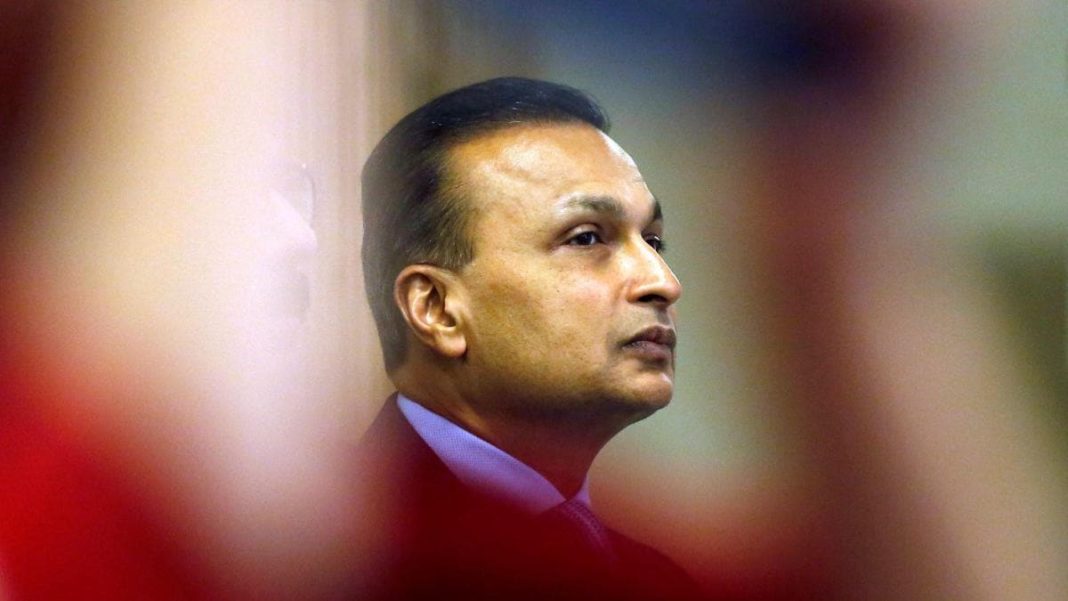Key Takeaways
- Supreme Court agrees to hear PIL seeking probe into alleged ₹20,000 crore RCOM fraud
- Petition alleges systematic fund diversion, fabricated accounts, and institutional complicity
- Forensic audit reveals large-scale fund diversion through shell companies
- CBI and ED investigations cover only a fraction of the alleged fraud
The Supreme Court has agreed to hear a public interest litigation seeking a court-monitored investigation into alleged banking fraud involving Reliance Communications and its promoter Anil Ambani. The PIL claims the fraud amounts to ₹20,000 crore and involves systematic diversion of public funds.
Court Proceedings and Allegations
Lawyer Prashant Bhushan mentioned the plea for urgent listing before a bench headed by Chief Justice B R Gavai. “There is bank fraud worth Rs 20,000 crore. We are seeking an independent court-monitored probe. This is about a large corporate group,” Bhushan told the court. The CJI responded, “We will list it.”
The petition, filed by former Union secretary E A S Sarma, alleges systematic diversion of public funds, fabrication of financial statements, and institutional complicity across multiple entities of the Anil Ambani-led Reliance ADA Group.
Limited Scope of Current Investigations
The PIL states that the CBI’s FIR from August 21 and connected Enforcement Directorate proceedings address only a small segment of the alleged fraud. Despite detailed forensic audits flagging serious irregularities, neither agency is investigating the role of bank officials, auditors, or regulators – what the petitioner calls a “critical failure.”
The Bombay High Court has already judicially recognized findings of systematic fraud and fund diversion in a previous decision.
Loan Details and Forensic Findings
According to the plea, RCOM and its subsidiaries – Reliance Infratel and Reliance Telecom – secured loans worth ₹31,580 crore between 2013 and 2017 from a consortium of banks led by State Bank of India.
A forensic audit commissioned by SBI in October 2020 revealed “large-scale diversion of funds,” including using thousands of crores to repay unrelated loans. The findings point to manipulation of financial reporting and fabricated accounts.
The audit identified several shell entities, including Netizen Engineering and Kunj Bihari Developers, allegedly used to siphon and launder bank funds. Subsidiaries also wrote off significant liabilities through alleged sham preference-share arrangements, causing losses exceeding ₹1,800 crore.
Systemic Concerns and Institutional Delays
Sarma argues these patterns reflect a “deliberate, structured and systemic effort” to conceal losses and misappropriate public funds. A major concern is SBI’s nearly five-year delay in acting on the forensic audit report, filing its complaint only in August 2025.
This delay indicates “prima facie institutional complicity,” especially since officers of nationalized banks are considered public servants under the Prevention of Corruption Act. Despite detailed audits pointing to widespread fraud, probe agencies haven’t investigated bank officials and regulators.




